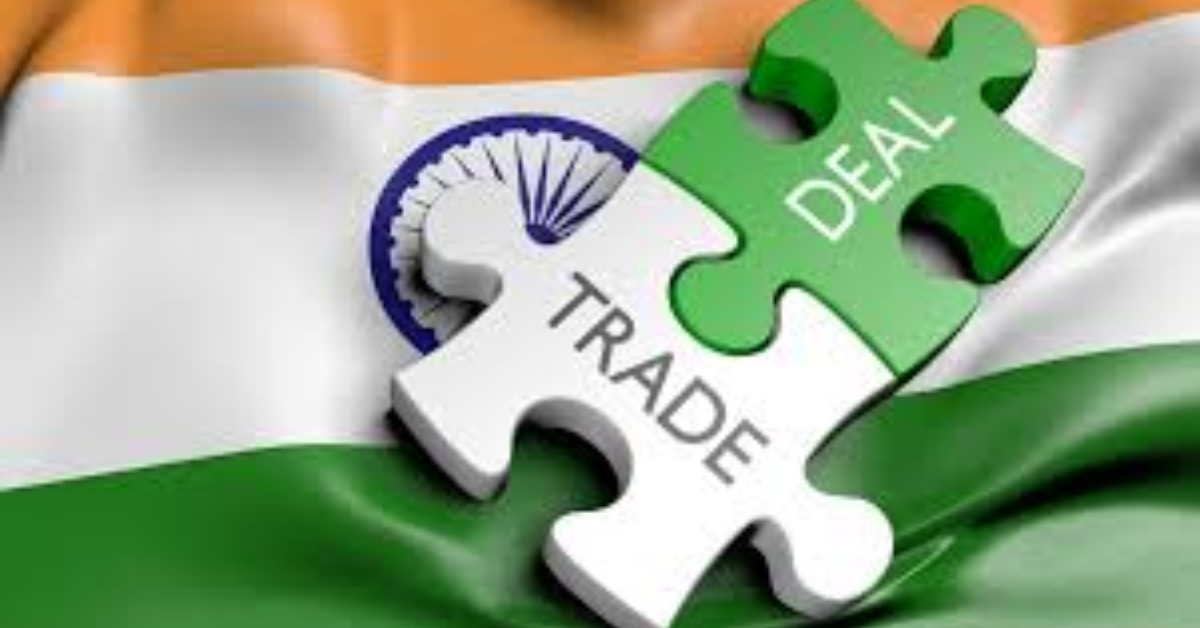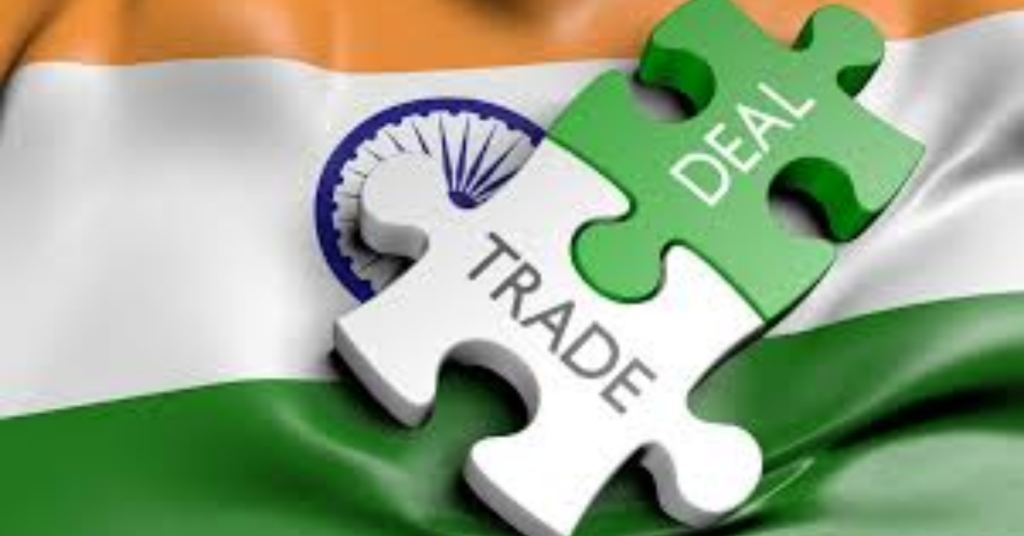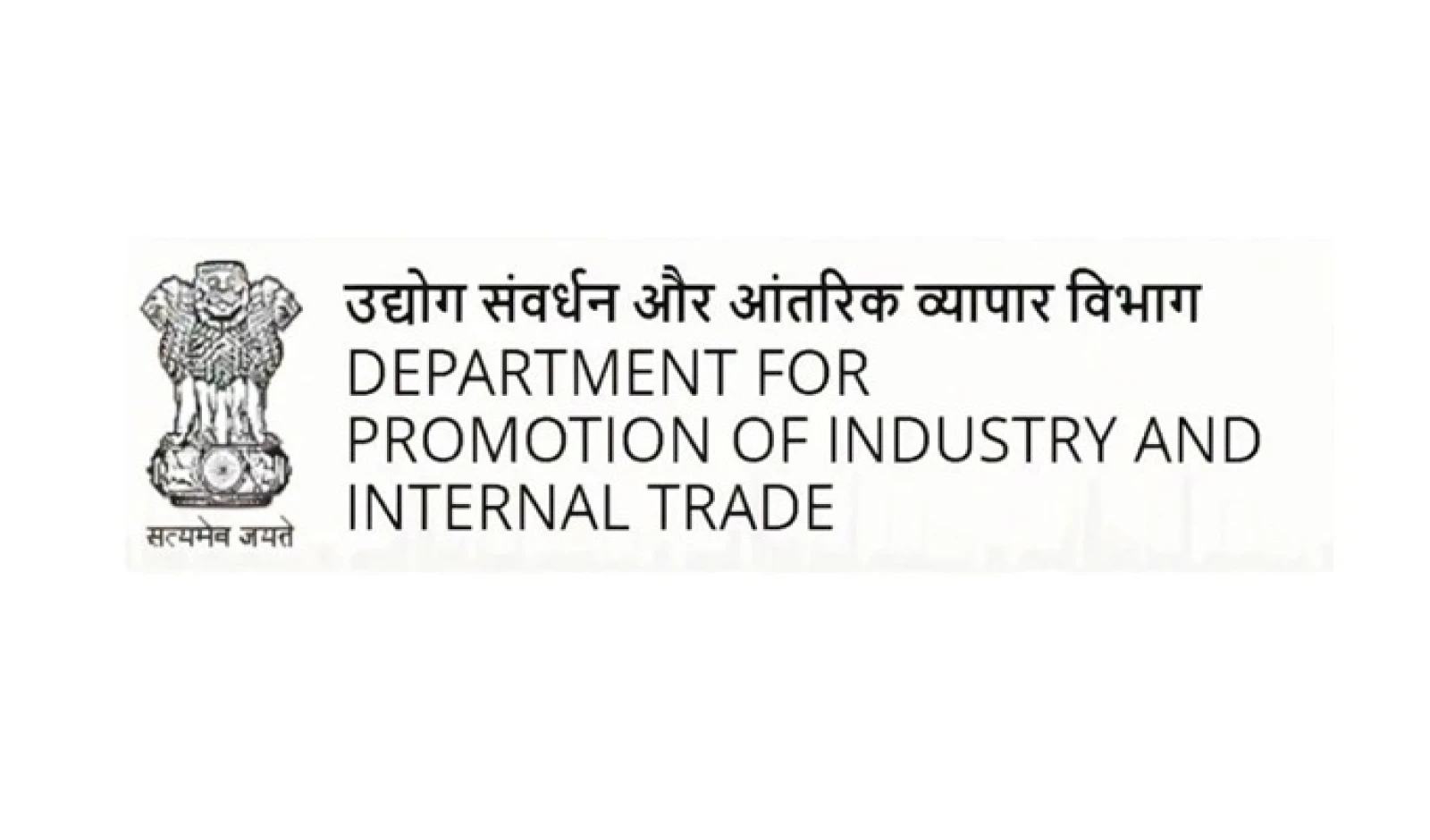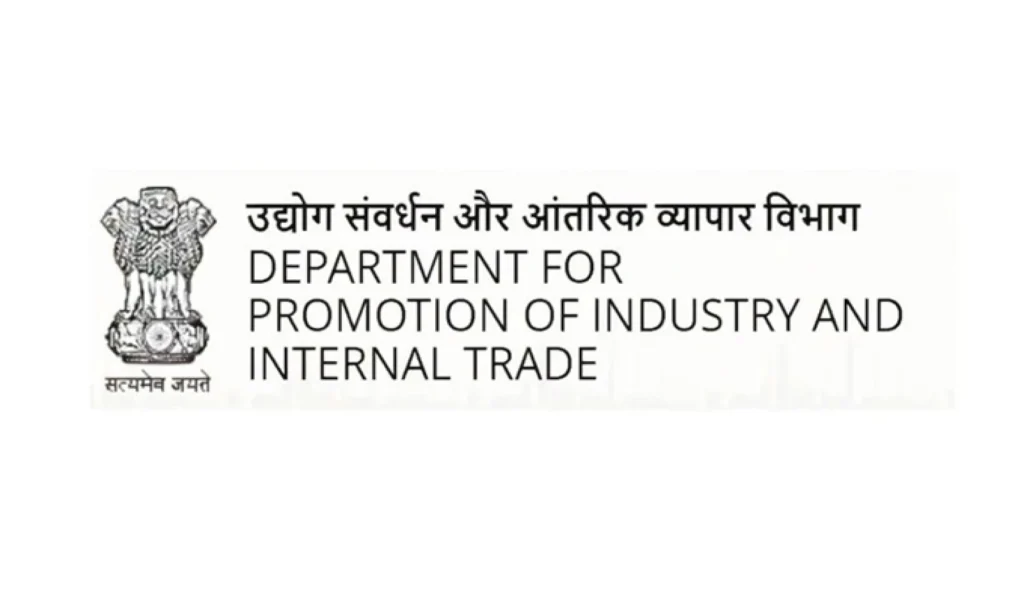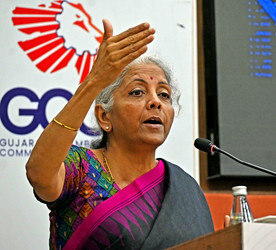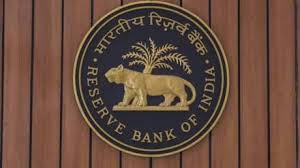
Jitendra singh emphasises tech’s role on national technology day
Union Minister Jitendra Singh delivered a keynote address, emphasising the pivotal role of technology on National Technology Day. He highlighted the government’s commitment to fostering a robust ecosystem for science and innovation, underlining its importance for national development. Jitendra Singh stressed that technology is not merely a tool, but a fundamental driver of progress, impacting every sector from agriculture to healthcare. He spoke about India’s growing prominence in the global tech landscape, attributing it to strategic investments in research and development, as well as the encouragement of a culture of innovation among young minds.
Jitendra Singh further elaborated on the significance of National Technology Day as an occasion to recognise and celebrate the achievements of Indian scientists and engineers. He acknowledged their contributions to various fields, stating that their relentless pursuit of knowledge and innovation has propelled India forward. The union minister noted that the government is actively promoting collaborations between academia, industry, and research institutions to translate scientific breakthroughs into tangible benefits for society. He reiterated the importance of utilising technology to address societal challenges and improve the quality of life for all citizens.
Technology For National Development
Jitendra Singh underscored the indispensable role of technology in propelling national development across diverse sectors. He asserted that strategic application of tech solutions is crucial for achieving sustainable and inclusive growth. The union minister highlighted specific areas where technology is making a significant impact, including precision agriculture for enhanced food production, telemedicine for improved healthcare access in remote areas, and smart infrastructure for efficient urban management. He reiterated the government’s commitment to leveraging technology to bridge the gap between urban and rural areas, ensuring equitable access to resources and opportunities for all citizens.
He further emphasised the importance of indigenous technology development to address India’s unique challenges. He stated that fostering a culture of innovation and research within the country is essential for creating solutions that are tailored to local needs and conditions. The union minister pointed out that investment in science and technology is not merely an expenditure, but a strategic investment that yields long-term benefits for the nation. He called for greater collaboration between government, industry, and academia to accelerate the development and deployment of indigenous technologies, ensuring that India remains at the forefront of technological advancement. National Technology Day serves as a reminder of the importance of this collaborative spirit.
Start-Up Ecosystem Boost
The union minister highlighted the government’s proactive measures to boost the start-up ecosystem, recognising its pivotal role in driving innovation and economic growth. He emphasised that young entrepreneurs are the driving force behind technological disruption and that their innovative ideas have the potential to transform industries and create employment opportunities. Jitendra Singh noted that the government is committed to providing start-ups with the necessary resources and support to thrive, including access to funding, mentorship, and incubation facilities.
He further elaborated on the various initiatives undertaken to create a conducive environment for start-ups, such as the Startup India programme, which aims to simplify regulations, provide tax incentives, and facilitate access to markets. Jitendra Singh also mentioned the importance of fostering a culture of entrepreneurship in educational institutions, encouraging students to pursue their innovative ideas and transform them into successful ventures. He reiterated the government’s commitment to nurturing the start-up ecosystem and empowering young entrepreneurs to contribute to India’s technological advancement. He added that National Technology Day serves as an ideal platform to encourage young minds to embrace tech and innovation.
Furthermore, the union minister spoke about the importance of public-private partnerships in fostering innovation and supporting start-ups. He highlighted that collaboration between government, industry, and academia is crucial for creating a vibrant ecosystem where start-ups can access the expertise, resources, and market opportunities they need to succeed. Jitendra Singh called for greater collaboration between these stakeholders to accelerate the development and deployment of innovative technologies, ensuring that India remains a global leader in innovation. He reiterated that investment in science and technology is crucial for the success of the start-up ecosystem, and, in turn, for the nation’s progress.
Future Technology Initiatives
The union minister outlined several forward-looking technology initiatives aimed at further strengthening India’s position in the global tech landscape. These initiatives encompass a wide range of sectors, from artificial intelligence and quantum computing to biotechnology and space technology. Jitendra Singh emphasised the government’s commitment to investing in research and development in these cutting-edge areas, recognising their potential to transform industries, improve lives, and drive economic growth. He also highlighted the importance of international collaborations in these fields, fostering the exchange of knowledge and expertise to accelerate technological advancements.
Jitendra Singh further elaborated on specific initiatives, including the establishment of centres of excellence in emerging technologies, the launch of national missions to address critical challenges, and the promotion of public-private partnerships to accelerate innovation. He stated that these initiatives are designed to create a vibrant ecosystem where researchers, entrepreneurs, and industry players can collaborate to develop and deploy innovative solutions. The union minister reiterated the government’s commitment to providing the necessary resources and support to ensure the success of these initiatives, ensuring that India remains at the forefront of technological progress. National Technology Day serves as a reminder of the importance of these ongoing efforts.
He also spoke about the importance of developing a skilled workforce to support these future technology initiatives. He noted that the government is investing in education and training programmes to equip young people with the skills they need to succeed in the rapidly evolving tech landscape. Jitendra Singh emphasised the need for a multi-disciplinary approach to education, combining technical skills with critical thinking, problem-solving, and creativity. He stated that by investing in human capital, India can ensure that it has the talent pool it needs to drive innovation and achieve its technological aspirations. He also urged the tech industry to actively participate in these skill development programmes to ensure that the training is relevant and aligned with industry needs. Jitendra Singh believes this collaborative approach is vital for future success.
